Learn the easiest way to serve salmon for babies and toddlers with recipe suggestions and the easiest Sautéed Salmon recipe.
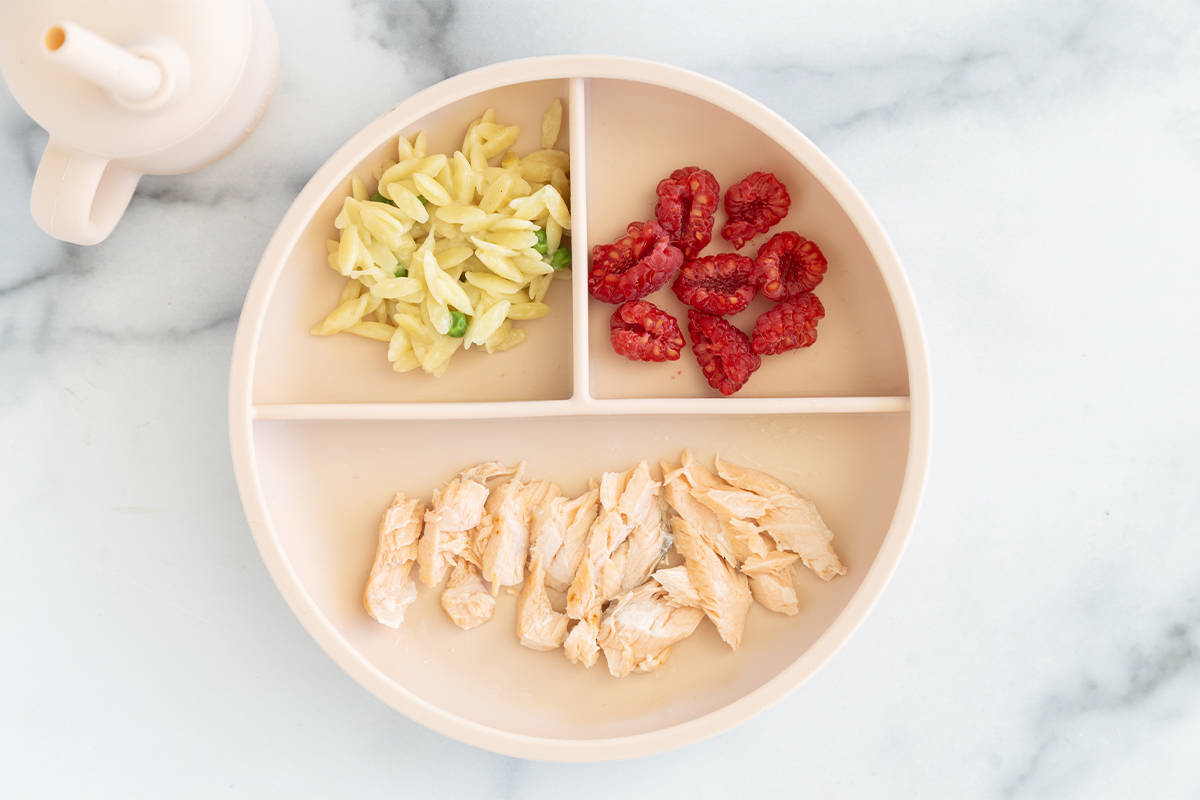
Salmon for Babies
Incorporating fish, including salmon, into our kids’ diets soon after they start solids can be a great way to include delicious proteins and beneficial fat sources in meals. And the texture of salmon is perfect for kids since it’s soft, tender, and really easy to chew.
There are many ways to prepare salmon, so I will share my favorites and have a really easy and delicious recipe at the end to get you started.
Many of us reach for salmon for its nutrition profile, so to start, know that wild salmon contains high levels of beneficial fats, including omega-3 fatty acids, which can be good for our hearts and helpful for toddler brain cognitive development. Salmon typically also contains lower levels of mercury, making it a nice choice for kids and pregnant women.
You can use fresh or frozen salmon in most recipes, as the nutrients are the same. Frozen salmon is often less expensive than fresh. To thaw, check the package directions, as you typically want to thaw it before you start cooking.
(You may like my Fish Nuggets and Salmon Nuggets, too.)
Table of Contents
Your toddler won’t eat? Help is here!
Sign up for our email updates to get tips and ideas sent to your inbox.
Ingredients You Need
To make the easiest sautéed salmon to share with a baby or toddler, here’s a look at what you’ll need to have on hand.

- Salmon fillets: I typically buy wild salmon, which is higher in beneficial fats but usually more expensive. Farmed salmon is also an option that works well. You can use fresh or thawed frozen salmon here.
- Olive oil: I usually sauté my salmon in extra-virgin olive oil, but you can also use unsalted butter or avocado oil according to your preference.
- Seasonings such as fresh lemon, minced fresh or dried herbs, minced garlic, garlic powder, salt, and/or pepper as you like.
Serve this on its own as a new food, or you can pair with peas (or Pea Puree) or Sweet Potato Baby Food.
Step-by-Step Instructions
Below is an overview of how to sauté salmon so you know what to expect from the process. Scroll down to the end of the post for the full recipe, including the amounts and timing.

- Warm a pan over medium heat. Add the olive oil.
- When warm, add the salmon and any optional seasonings. Cook on both sides, let cool slightly, break up with a fork, and serve.
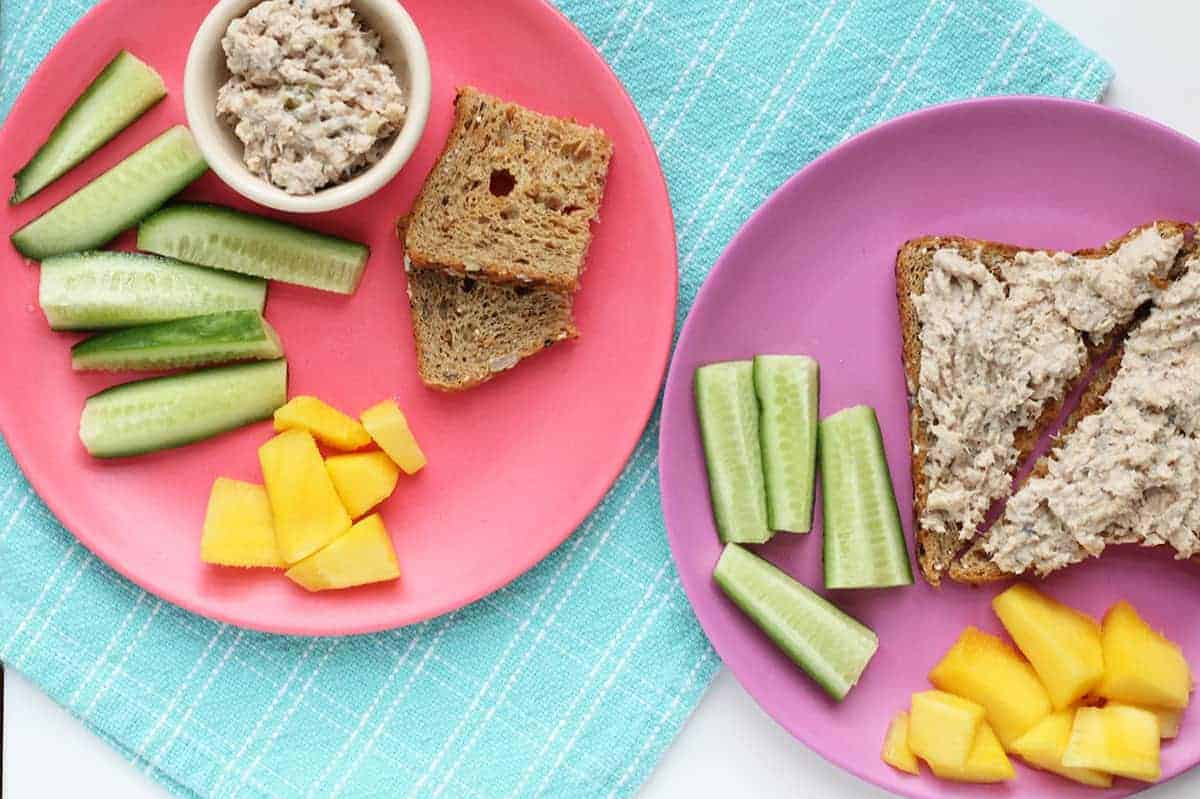
More Salmon Recipes for Kids
Here are three more super easy kids recipes for salmon, using both canned salmon and fresh or frozen salmon.
Salmon Salad
This recipe starts with more affordable canned salmon, which has the same nutrition as fresh or frozen fish. It’s easy to make and can be served spread on toast sticks baby-led weaning style or off of a spoon.
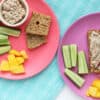
Salmon Patties
This easy recipe starts with canned salmon and is then baked or pan-fried into salmon cakes. This is great diced up, in a sandwich, or over a salad.

Salmon Nuggets
Coating bites of salmon in crispy breadcrumbs adds texture that many kids will enjoy. This is a great option to try for kids—and to enjoy yourself.

How to Store Salmon
When you purchase salmon, store it according to the package directions. When you remove it from the package, pat it dry as needed with a paper towel before cooking. To store leftovers, let cool and place in an airtight container in the refrigerator for up to 3 days.
Salmon Baby Food
To make a simple salmon puree for salmon baby food, add cooked salmon (all bones removed) to a blender with as much no-salt or reduced-sodium chicken or vegetable broth as needed to make a smooth blend.
Best Tips for Success
- Use wild salmon for additional beneficial fats if your budget allows, or reach for more affordable farmed salmon.
- Use fresh or frozen salmon. To cook frozen salmon, it is typically recommended to let it thaw according to package directions first.
- Add fresh herbs, lemon juice, and/or dried spices and herbs to enhance the flavor and taste as you like. Or, serve with plain yogurt or a Cucumber Yogurt Sauce for dipping.
- Break up cooked fish with a fork to serve to a baby eating finger foods or a toddler. Larger pieces can also be offered in the baby-led weaning style of feeding. Start with smaller portions to reduce food waste.
Related Recipes
I’d love to hear your feedback on this post, so please rate and comment below!

Salmon for Babies (Easy Sautéed Salmon)
Ingredients
- 1 tablespoon olive oil (or butter)
- 4 ounce salmon fillet (wild or farmed, fresh or frozen)
- Fresh lemon juice, minced garlic (optional)
Instructions
- Place a medium skillet over medium heat. Add the olive oil and ½ teaspoon minced garlic if using. When warm, add the salmon, skin side up. Cook for 2-3 minutes, or until the fillet is visually halfway cooked (it darkens to a more opaque color as it cooks).
- Flip the fish over and cook for another 2-3 minutes or until cooked through.
- Remove from the pan, add a squeeze of fresh lemon juice if desired, and let cool slightly. Break up into smaller pieces to serve as a finger food or slice or cut into a finger-size piece to serve baby-led weaning style.
Equipment
Notes
-
- Use wild salmon for additional beneficial fats if your budget allows, or reach for more affordable farmed salmon.
-
- Use fresh or frozen salmon. To cook frozen salmon, it is typically recommended to let it thaw according to package directions first.
-
- Add fresh herbs, lemon juice, and/or dried spices and herbs to enhance the flavor as you like.
-
- Break up cooked fish with a fork to serve to a baby eating finger foods or a toddler. Larger pieces can also be offered in the baby-led weaning style of feeding.
-
- To make a simple salmon puree, add cooked salmon (all bones removed) to a blender with as much no-salt or reduced-sodium chicken or vegetable broth as needed to make a smooth blend.

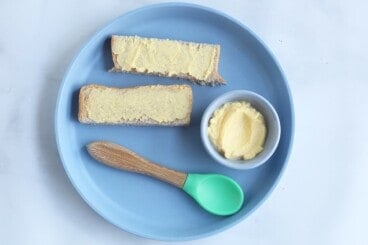
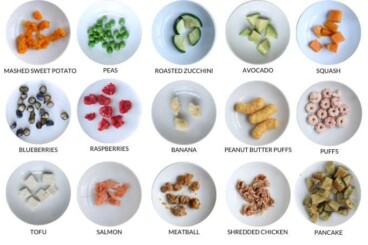
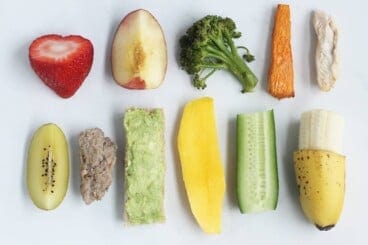
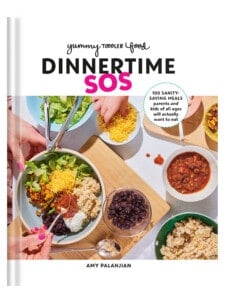
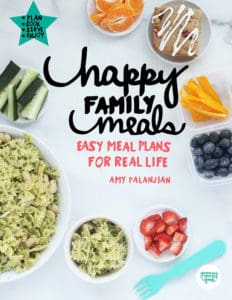
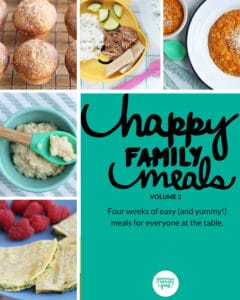















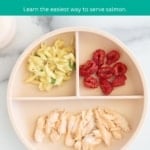
All comments are subject to our Terms of Use.